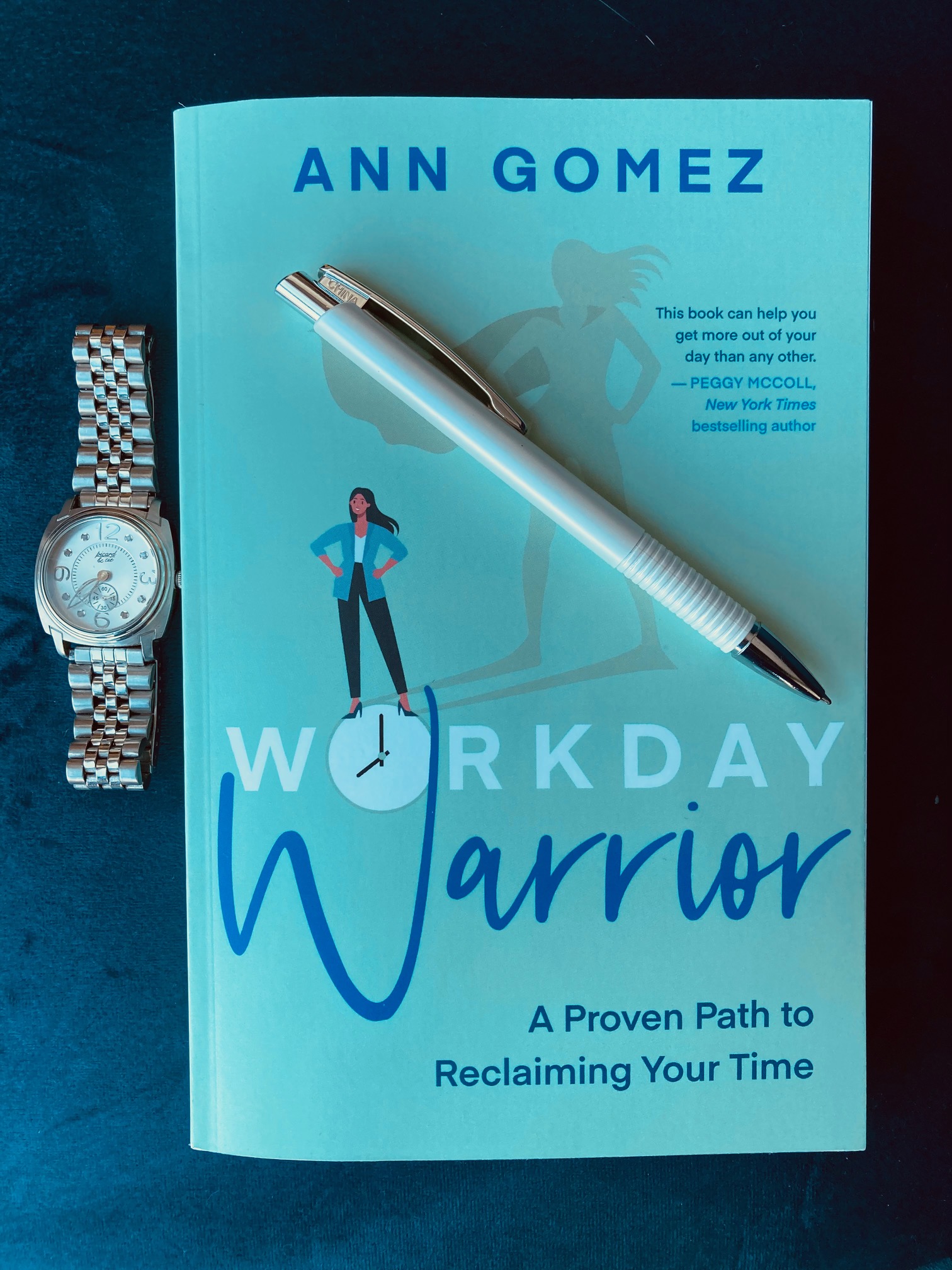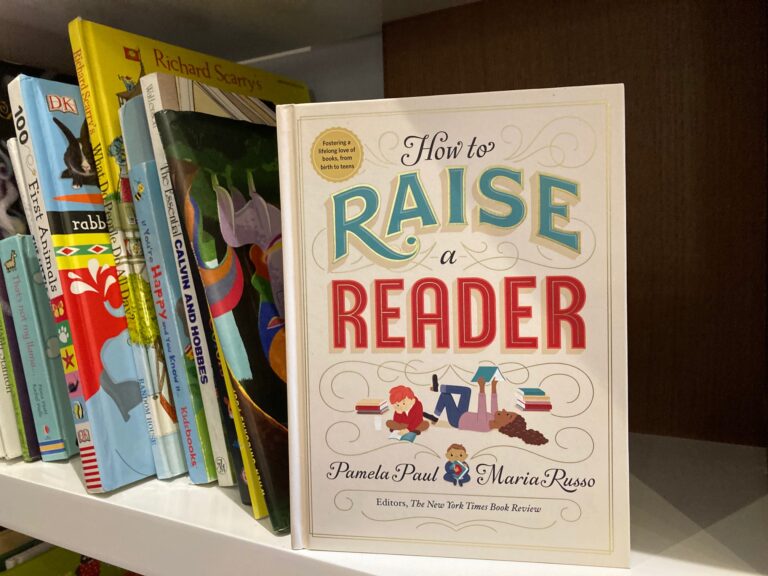Book Review: Workday Warrior by Ann Gomez

I’m currently reading my way through a few self-help books in anticipation of my January radio segment, focused on New Years resolutions. It will likely have aired by the time I get around to posting this, but I just finished reading Workday Warrior by Ann Gomez and a few of her tips and tricks are still fresh in my mind, including ‘tackle your core priorities first’. Her advice is in reference to a day-job, first and foremost, but I couldn’t help applying it to my side job of book reviewing too. It got me thinking about what I could pare down in my world of ivereadthis to make more room for what the core priority is, which is if course reading. I’m debating deleting my instagram accounts (both personal and book-related) in an effort to reduce my screen time and keep my mental state focused and happy. This is just one of the many ideas I’ve come away with after reading this book.
Book Summary
Written with a clear audience, Workday Warrior is for those knowledge workers who have the privilege (or burden, depending on your perspective) of sitting at a desk all day, in front of a computer, with email pinging at you, and responsibilities that likely spill over into future days, weeks and months. Gomez is a consultant with four kids, who has written more than one book, so that fact alone will prove she’s a master of productivity! Broken into three parts, she explains we need to a) CLARIFY: map out our core priorities, b) FORTIFY: schedule our days to ensure time to get our core work done is protected and c) SIMPLIFY: delegate, ask for assistance, or eliminate the distractions that prevent us from taking too long to complete our work. Gomez uses case studies of her past clients to demonstrate the different ways in which we can restructure our days, which I found to be most helpful. As a member of the 5am club, I’ve found a way to make more time for myself so I can accommodate my ivereadthis tasks into an already busy life, but Gomez’s goal is to better differentiate between work and personal time, so people’s jobs don’t spill into their precious personal and family time, a goal everyone should aspire to.
My Thoughts
The advice in this book can be applied to both in-office and at-home work. She encourages people to take advantage of a company’s offer to work from home, to simply save time on commuting. With the caveat that sometimes people are more efficient at the office, its also important to choose what’s best for you. She also offers a quick summary of chronotypes, differentiating between night owls, early birds, or somewhere in between. She argues that we should aim to work when we feel our energy peaking, which can vary during the day based on what kind of category we slot ourselves into. This is the main reason I’m a member of the 5am club – I’ve never liked staying up late, so its easy for me to wake up early, and go to bed early too. My husband is the opposite, he’ll do some of his best work at night, and even though Gomez isn’t suggesting you do work at night, simply being aware of your ‘type’ should help you plan your day more efficiently.
Gomez offers easy tips and tricks to streamline one’s day, but its all predicated on the fact that you must be able to identify your core work (i.e. your major goals, or the main expectation of your job) vs. the supporting tasks (i.e. answering emails, submitting expense reports, etc.). She explains how to do this, and its required in order to follow her rules of productivity. Once these priorities have been identified, the reader can build their “MAP” which helps them schedule their day.
In case it isn’t obvious yet, this book is a true deep-dive into productivity, and some real work is required to follow her advice, including her suggestion that you plan your next work day the day before. I can’t see myself following the MAP technique, simply because I’m managing my current workload comfortably, but I’m glad to know I have these tricks up my sleeve should I need them. With this in mind, I’d recommend this book for those who are already busy, but willing to ‘put in the work’. There are general self-help books with more basic advice available, but this is clearly for those high-performing executives who need to squeeze in just a bit more into their day.





Hahaha, I like that she calls it core tasks, because I basically call the same thing triage. Which is the most pressing/scary/need to do now?
Two tricks I learned that I passed on to my husband, who is a manager: 1) if you check your email as they come in, you’re wasting loads of time going in and out of that mindset. Have designed “check email” time and do them all at once. 2) Do not convince yourself something work related is self-care/relaxing. I learned this from interpreting. So, at home Nick will learn programming, and when I ask what he’s going to do with his knowledge, the answer is apply it at work. Okay, that’s work, not self-care.
these are FANTASTIC tips Melanie! I’m bad for checking my email constantly, so I need to fix that.
It never feels like we’ve invested a lot of time in checking one email, but it’s the constant refocusing of your brain that makes it a time suck.